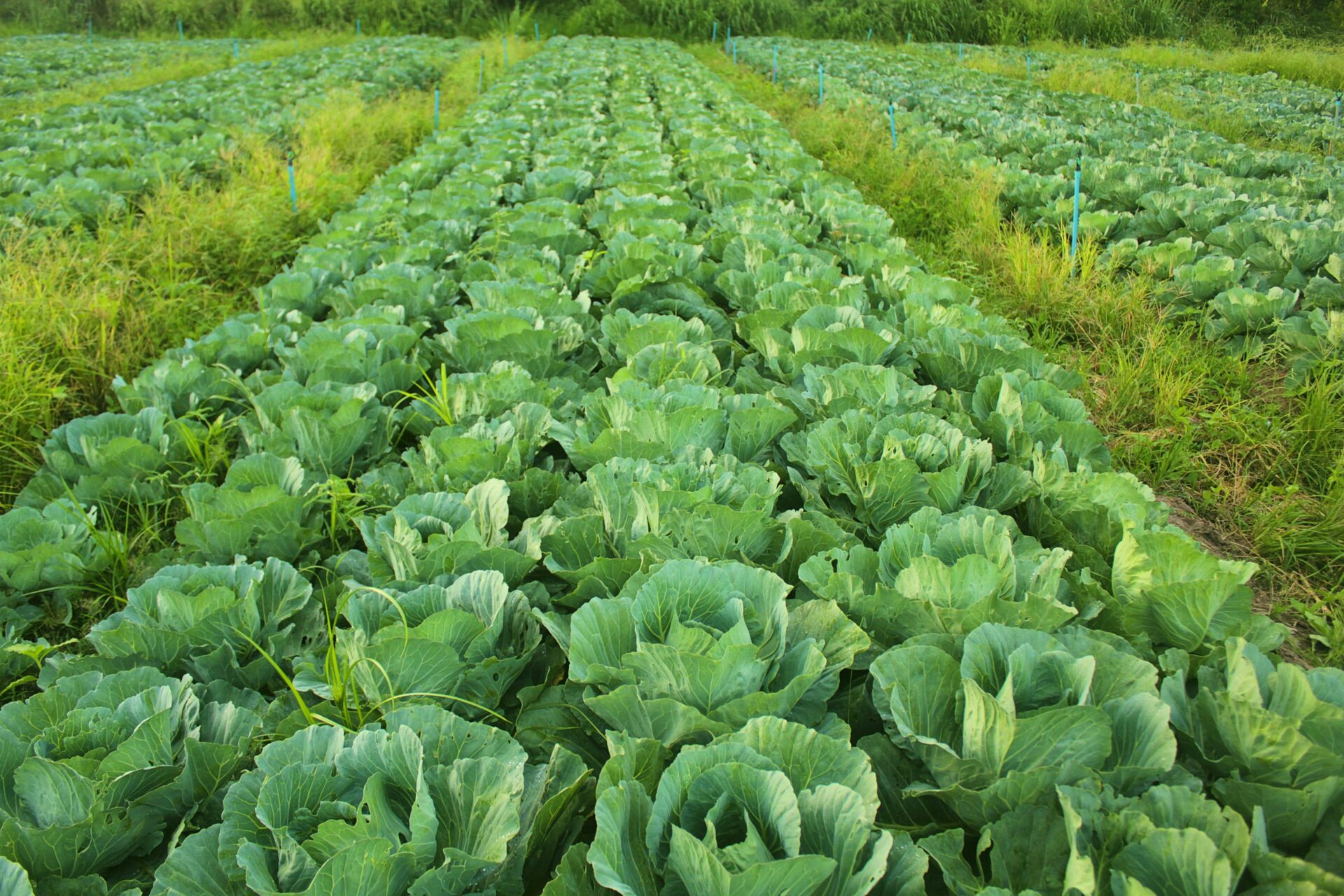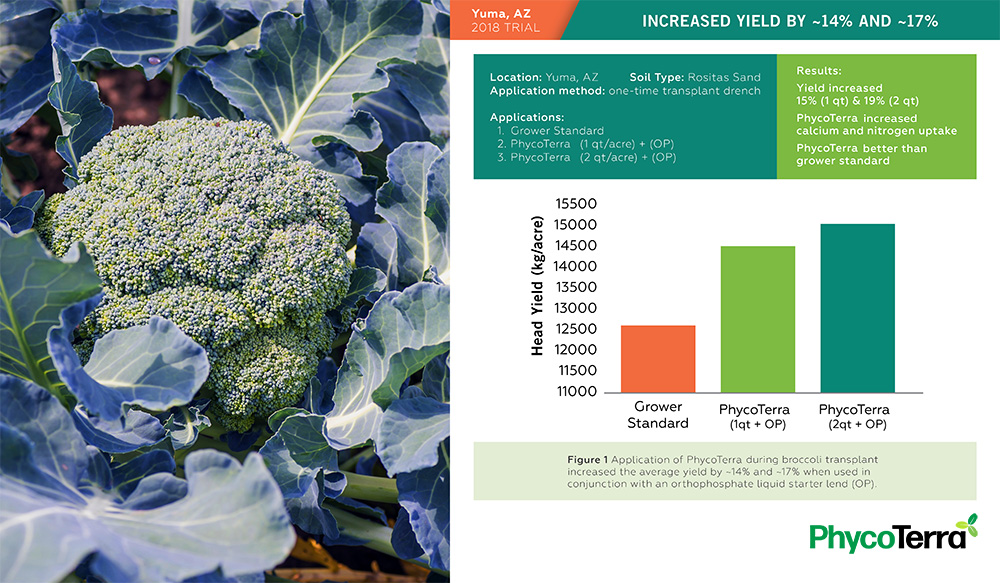Sep 11, 2025

Despite the dinner table grumblings of children, broccoli and cauliflower consumption continues to increase, both on a domestic and global scale, to the tune of a 940% increase in the US over the past 25 years. Today, the average annual US consumption of broccoli is just over six pounds per person per year—that’s a lot of broccoli.
And behind that consumption are the farmers growing and producing broccoli and cauliflower to sustain those appetites.
As members of the mustard family, both broccoli and cauliflower are cool-season vegetables, with peak growing conditions achieved when monthly air temperatures reach an average of 60° to 65°F (16° to 18°C). Both crops are also nutrient demanding, and care must be given to provide adequate nutrition under cool growing conditions (UCANR #7211). To support maximum yield and quality potential, broccoli and cauliflower farmers must maintain soil health—a challenge, given common crop production practices such as tillage, bed listing, fumigation, and the absence of opportunity to incorporate many recognized soil health and quality building practices.
As is the case in most production agriculture models, finding a balanced approach, with an emphasis on soil health and building organic matter, will help to build a healthy and productive soil.
In addition to production practices, PhycoTerra and PhycoTerra Organic help to change the soil health opportunities growers have at their disposal. Both Heliae Agriculture products can be readily deployed on a field to help improve soil health and soil quality.
Heliae research shows that application of either product will help improve the soil microbiome by providing the food source microorganisms need to flourish thereby creating soil aggregates which lead to the improvement of soil structure and water holding capacity.
PhycoTerra performance was recently tested at two different rates in a broccoli production system near Yuma, AZ on soils with both low natural fertility and excessive drainage (Figure 1 – sandy soils).
Despite these challenges, the application of PhycoTerra with a common orthophosphate starter mix improved yields by ~14% (1 qt./ac) and ~17% (2 qt./acre) compared to the grower standard. These results highlight the positive connection between improved soil health and quality and potential broccoli yields (Tkacz and Poole 2015).
Our research at Heliae Agriculture has led to the creation of a quality microalgae product, a variety of sustainable soil solutions that can have an immediate impact on your soil microbiome, and the performance of your broccoli and cauliflower crop. To learn more about our Soil Microbe Food, PhycoTerra, and how it can improve the soil and yields on your farm, click here.
References
Weil and Brady 2017 – https://www.pearson.com/us/higher-education/program/Weil-Nature-and-Properties-of-Soils-The-15th-Edition/PGM219427.html
Colorado State University FSI 2019 – https://fsi.colostate.edu/broccoli1/
Tkacz and Poole 2015 – https://tinyurl.com/yced6g8r

Figure 1 – Application of PhycoTerra during broccoli transplant increased the average yield by ~14% and ~17% when used in conjunction with an orthophosphate liquid starter lend (OP).
Note: All trial data is current as of blog posting. For the most up to date trail data, please visit our trials page.